Author: Greg Foster
The last hop stand xBmt comparing the impact of different temperatures was intriguing in that no statistical significance was found, though I have to admit I was a little disappointed, not because the results failed to uphold my assumptions, but since it did little to inform me how to go about making better IPA.
Woeful is the plight of the hophead!
Thirsting to learn more about how to get as much hop aroma into my beer as possible, I decided to compare techniques commonly known for maximizing hoppiness– the hop stand and the dry hop. I won’t go into full detail about the typically discussed ways a hop stand differs from a dry hop, that information is readily available on web. Briefly, hop stands are typically performed in wort warm enough to volatize some hop oils, while the dry hop occurs in cooler fermented beer where volitization isn’t a concern. Sounds good, but does really make all the big of a difference? Let’s find out!
| PURPOSE |
To investigate the differences between a cool hop stand and dry hopping in a split batch of the same beer.
| METHODS |
Curious about a recently acquired sack of Gambrinus ESB malt and wanting to keep things simple, I designed a SMaSH beer using Galaxy hops because, well, it’s Galaxy!
Gambrinus ESB Galaxy SMaSH
Recipe Details
| Batch Size | Boil Time | IBU | SRM | Est. OG | Est. FG | ABV |
|---|---|---|---|---|---|---|
| 4 gal | 60 min | 104.1 IBUs | 4.6 SRM | 1.044 | 1.009 | 4.6 % |
| Actuals | 1.046 | 1.01 | 4.7 % | |||
Fermentables
| Name | Amount | % |
|---|---|---|
| ESB Pale Malt (Gambrinus) | 6.5 lbs | 100 |
Hops
| Name | Amount | Time | Use | Form | Alpha % |
|---|---|---|---|---|---|
| Galaxy | 14.2 g | 60 min | Boil | Pellet | 14 |
| Galaxy - Hop Stand OR Dry Hop | 85 g | 20 min | Boil | Pellet | 14 |
Yeast
| Name | Lab | Attenuation | Temperature |
|---|---|---|---|
| San Diego Super Yeast (WLP090) | White Labs | 80% | 65°F - 68°F |
Download
| Download this recipe's BeerXML file |
Three days prior to brewing, I scoured my yeast drawer and found a vial of expired WLP090 San Diego Super Yeast, a personal favorite, and figured I wouldn’t have too much trouble bringing it back to life.
I split the contents of the vial between two mason jars filled with 1.5 liters of wort then let them spin on stir plates. The hearty yeast made quick work of the starter wort, fermenting it out in 2 days, at which point I put them in the fridge for a 24 hour cold crash. First thing brewsday morning, I measured out my malt and proceeded to run it through my new 3-roller mill, I was beyond impressed with the way it chewed through 13 lbs in 1/5 the time as my old 2-roller mill.
Giddily, I moved on to gathering my water additives, which I tossed into the warming strike water.
I mashed in and quickly reached my desired 154°F/68°C mash temperature.
Despite recirculating throughout the mash, I gave it a few good stirs to ensure good conversion.
With the 1 hour mash complete, I transferred the wort to the kettle, heated it up with my trusty heat sticks, then added a single bittering hop addition as the boil began.
An hour later, I cut the heat, chilled the wort to 175°F/79°C, then transferred equal amounts to two identical corny keg fermentors.
It was finally time to introduce the xBmt variable! Well, half of it anyway. With both worts sitting at 165°F/74°C, I lowered a stainless mesh hopper filled with 3 oz of Galaxy into one of the kegs and held it for a 20 minute hop stand.
The temperature had dropped to 157°F/69°C when I returned.
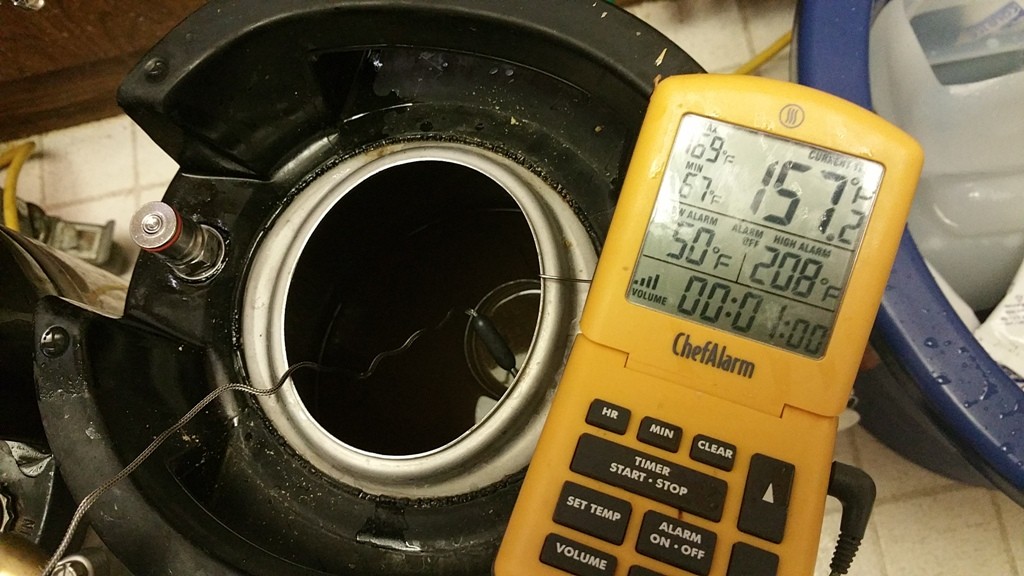
After removing the hop stand charge from the fermentor, I quickly and easily chilled both kegs to pitching temp with a novel contraption from JaDeD Brewing called the The CornyPillar.
A refractometer reading confirmed I’d hit my target OG so I decanted my starters and split the resultant slurries between the kegs, hit each with 20 seconds of pure O2, then placed them in my chamber controlled to 66°F.
A week later, I took hydrometer samples to discover both beers had finished fermenting and were sitting at the target FG.
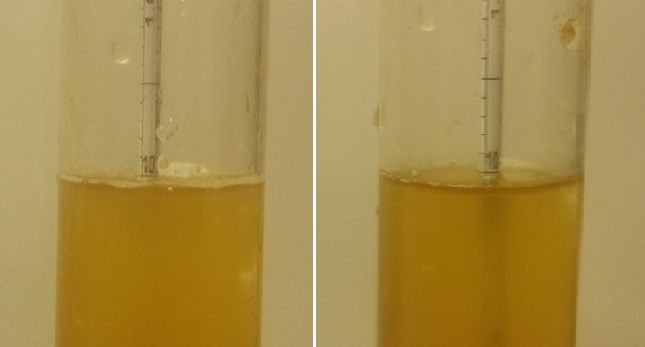
It was now time to add the other half of the xBmt variable! I placed a 3 oz charge of Galaxy hops in a sanitized hop sock then put them in a Ziploc bag that was purged with CO2 before adding them to the fermentors. I’m a nut when it comes to avoiding oxygenated beer…
I cold crashed the beers 3 days after adding the dry hop charge then transferred them to serving kegs the following day.
After 5 days on CO2 in my keezer, the beers were nicely carbonated and shared a similar appearance including a slight hop haze due to my failure to fine with gelatin.
| RESULTS |
Data for this xBmt was gathered at the monthly meetings for both the Strand Brewers Club and Pacific Gravity. In total, 41 awesome brewers, BJCP judges, and craft beer enthusiasts participated in the evaluation.

Each taster, all who remained blind to the nature of the xBmt, was served 2 samples of the dry hop beer and 1 sample of the hop stand beer then asked to identify the one that was different. In order to reach statistical significance with the given sample size, 20 participants (p<0.05) would have had to accurately select the chilled hop stand beer as being unique. In this trial, a total of 31 people (p=0.00000004) made the proper selection. To put it in the strictest of scientific terms, these results are statistically significant as hell, implying participants were able to reliably distinguish between a beer that received a hop stand without being dry hopped from one that was dry hopped without receiving a hop stand addition.
A brief comparative evaluation of only the two different beers was completed by the 31 participants who made the accurate triangle test selection, all remaining blind to the nature of the xBmt. When asked about preference, 22 tasters chose the dry hop beer, 3 selected the hop stand beer, 3 felt the beers were different but had no preference, and 3 indicated they had no preference.
The nature of the xBmt was then revealed and a brief explanation that one might expect the dry hop sample to be more aromatic and the hop stand sample to be more flavorful was given. Following this, tasters were asked to choose the sample they thought was made using the hop stand technique and, surprisingly, only 9 got it right, meaning 22 incorrectly selected the dry hop sample. With the aforementioned explanation provided to each taster, it might seem as though the hop stand beer was more aromatic; however, when following up with tasters after they completed the survey, and prior to me informing them which beer was in which cup, I sought their impressions. Tasters consistently reported perceiving the dry hop sample as being fresher smelling, more flavorful, and having a different quality than the hop stand beer. On the other hand, the hop stand sample was described as having a more muddled aroma, with two participants independently describing it as “mulchy.” Participants didn’t describe either beer as being notably more or less aromatic than the other and a few acknowledged their selection was based on their perception of the dry hop beer being more flavorful, so they incorrectly assumed it must have received the hop stand addition based on the explanation provided. Of course, this reasoning only manifested after the surveys were complete, a point where performance anxiety creates an almost palpable level of dissonance in participants, hence it should be interpreted cautiously.
My Impressions: Pretty much identical to the majority of participants, I could tell a distinct difference between the samples… most of the time. I correctly selected the unique beer in several “blind” triangle and side-by-side tests, but interestingly, I got it wrong once. Granted, I was a bit stuffed up from a cold at the time, but the fact that I could get it wrong goes to show these beers were more similar than I initially expected. Overall, I perceived the aroma of the dry hop beer to be more fresh, inviting, citrusy sweet, and aromatic, while the hop stand beer did indeed come across as more “mulchy” and reminiscent of old hops. Fully expecting the dry hop addition to provide significant hop flavor, I was surprised to discover it imparted as much or more flavor than the hop stand. The character of the dry hop flavor to me was cleaner and grassier, in a good way, than the less distinctive but still enjoyable hop stand flavor.
| DISCUSSION |
These results may not be particularly surprising given the fact hop stands and dry hopping are entirely different methods, though since both are utilized primarily to enhance hop aroma, I think the fact they were reliably perceived differently is interesting. I’ll be honest, as a brewer in constant search of ways to pack as hop character in my beer as possible, this data is particularly meaningful, as it demonstrates both of these techniques do different things on their own, and potentially have a synergistic effect when used in tandem.
Will these results change the way I brew? To some extent, yeah, I’ll probably play around a bit more with my aroma hopping rates as a result of this xBmt. Thinking it the ultimate hopping technique, my IPAs of late have included enormous hop stand additions, but since I preferred both the flavor and aroma of the dry hop beer, I’ll try easing up on the hop stand quantities a smidge in favor of an increased dry hop charge. More importanly, I’m left asking even more questions, wondering about the impact of factors like hop stand temperature and time. Guess I better get to designing the next one!
If you have any comments or questions about this xBmt, please leave them below!
Support Brülosophy In Style!
All designs are available in various colors and sizes on Amazon!
Follow Brülosophy on:
FACEBOOK | TWITTER | INSTAGRAM
| Read More |
18 Ideas to Help Simplify Your Brew Day
7 Considerations for Making Better Homebrew
List of completed exBEERiments
How-to: Harvest yeast from starters
How-to: Make a lager in less than a month
| Good Deals |
Brand New 5 gallon ball lock kegs discounted to $75 at Adventures in Homebrewing
ThermoWorks Super-Fast Pocket Thermometer On Sale for $19 – $10 discount
Sale and Clearance Items at MoreBeer.com
If you enjoy this stuff and feel compelled to support Brulosophy.com, please check out the Support Us page for details on how you can very easily do so. Thanks!


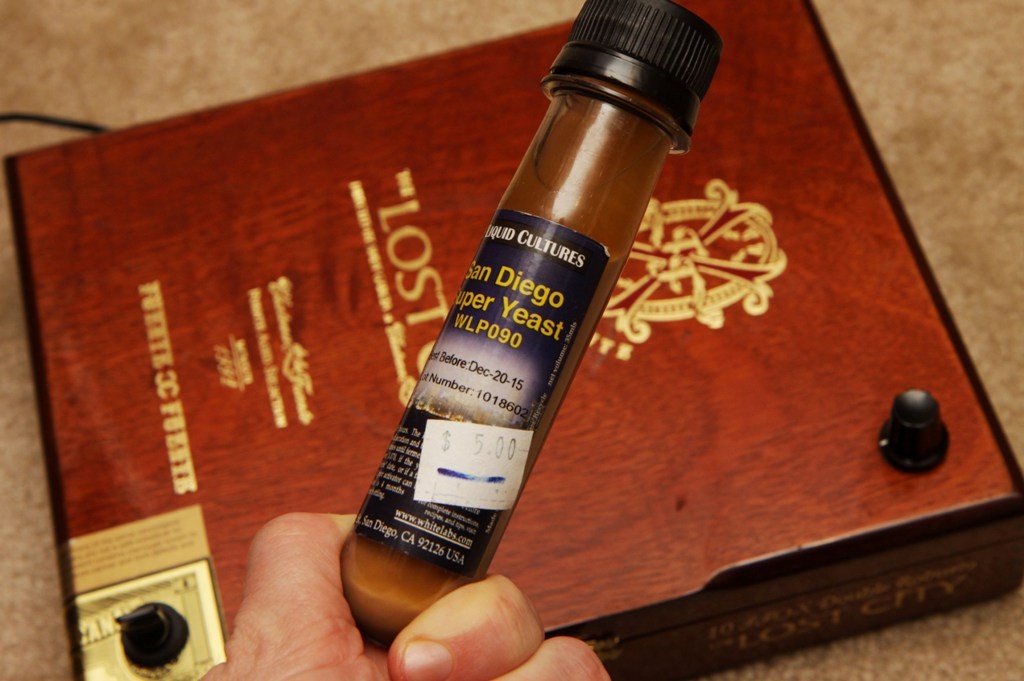
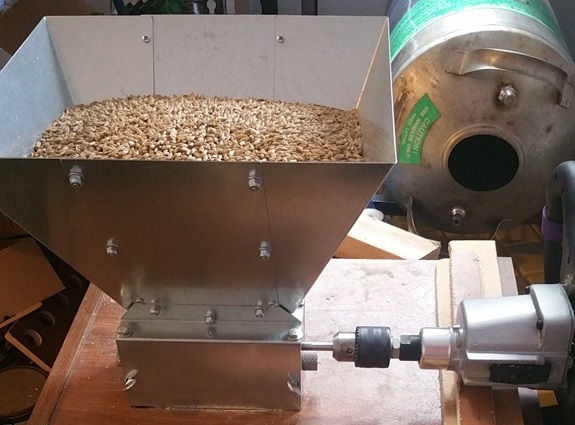
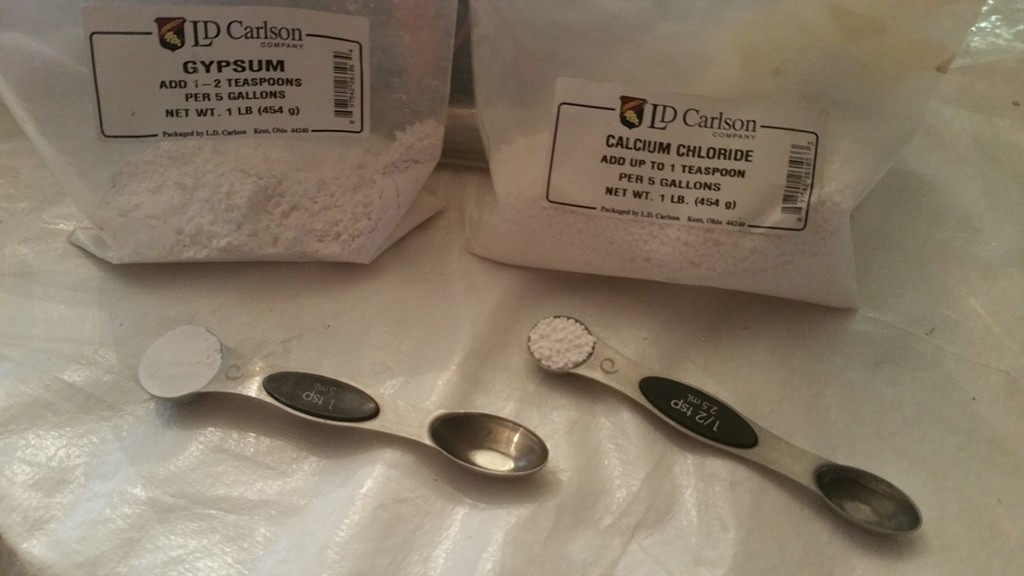
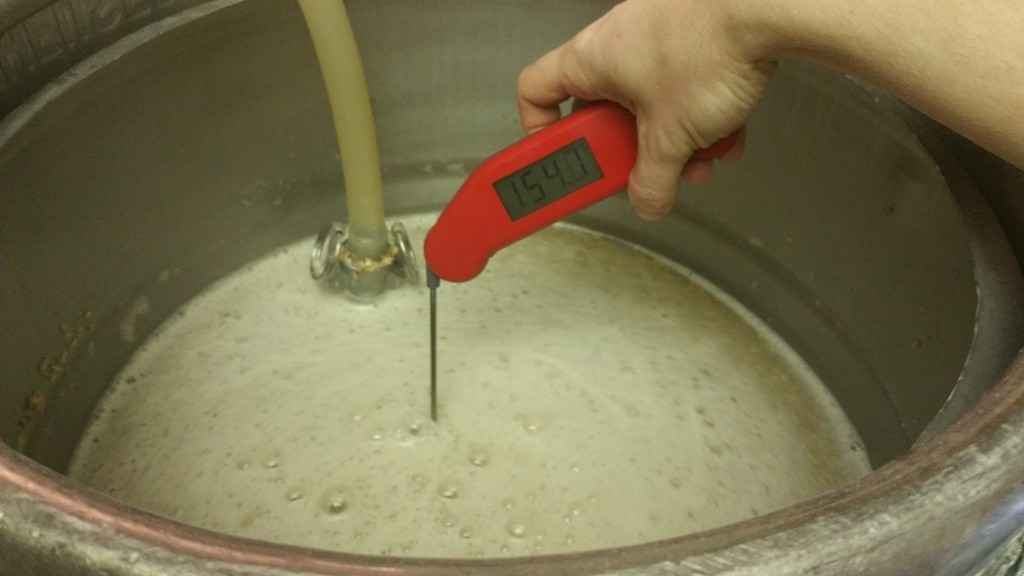
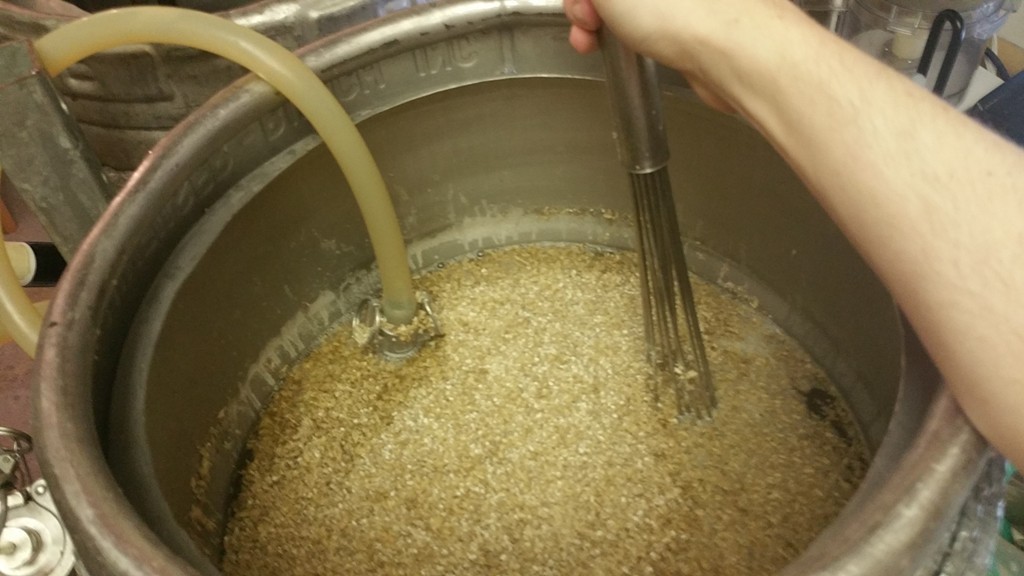
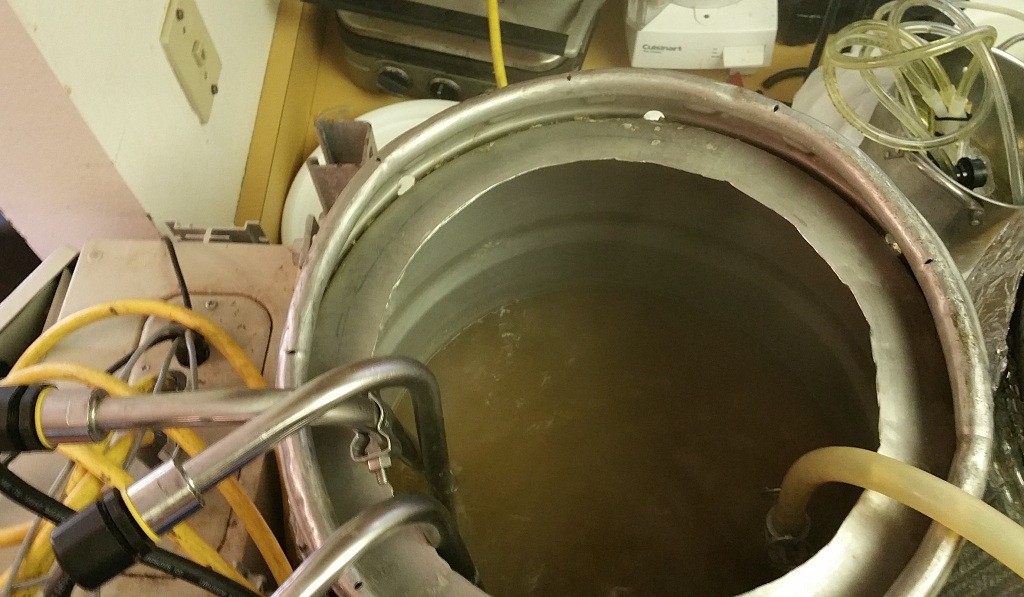
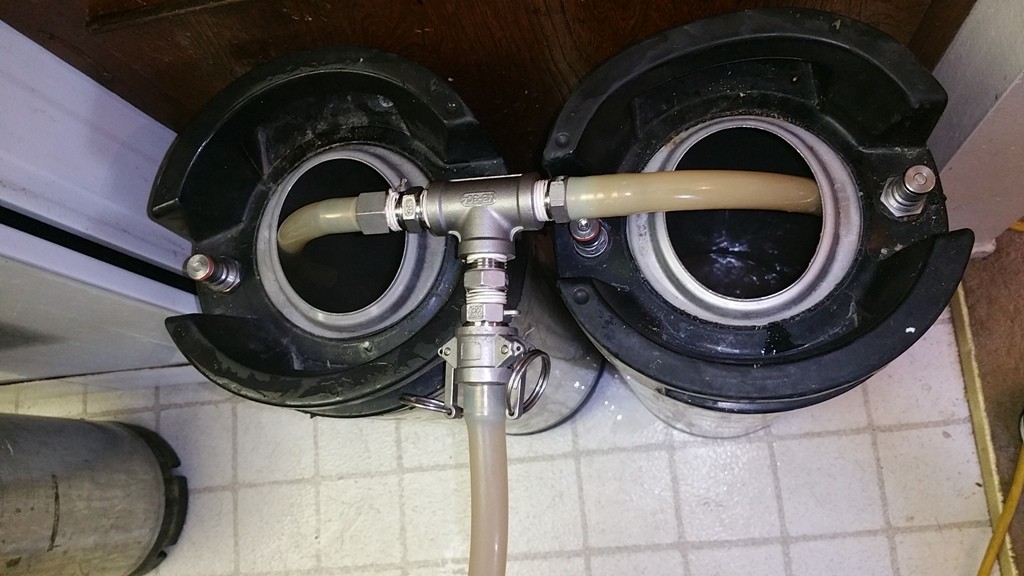
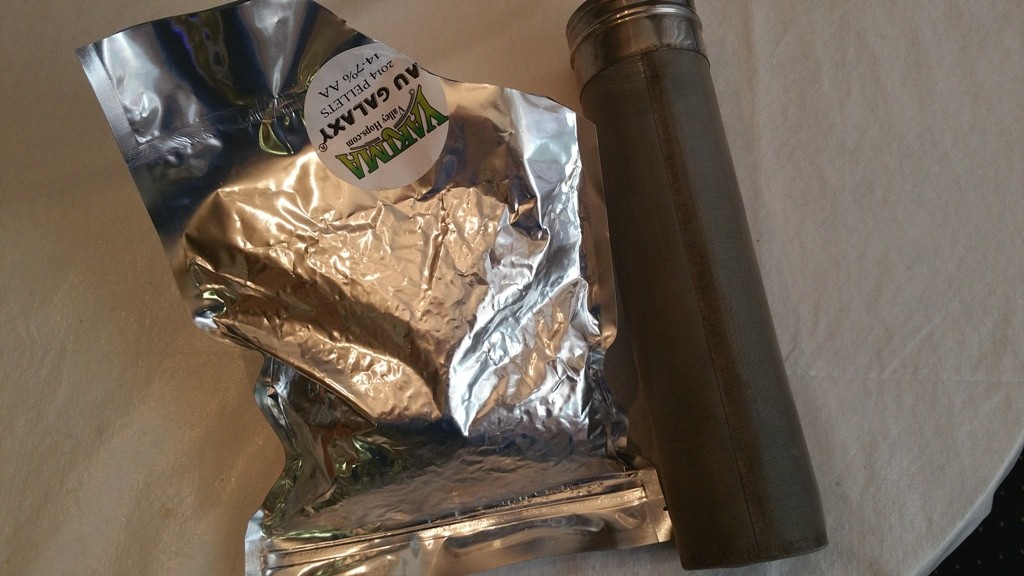
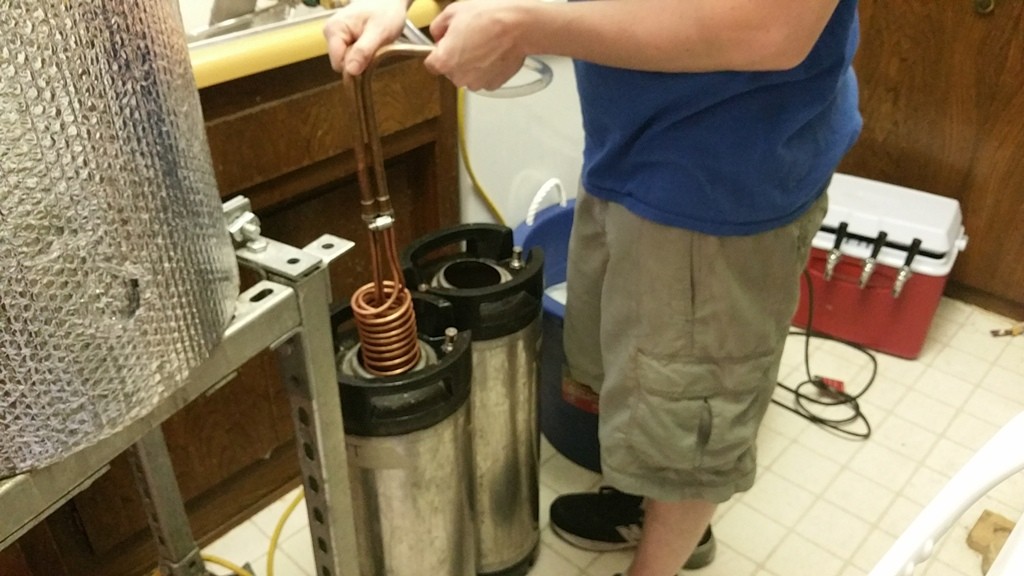
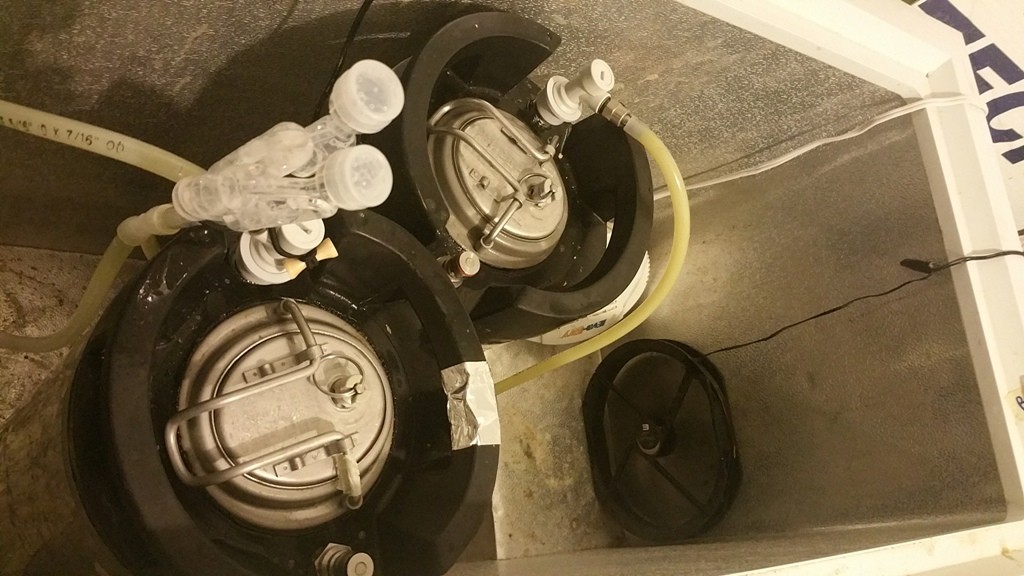
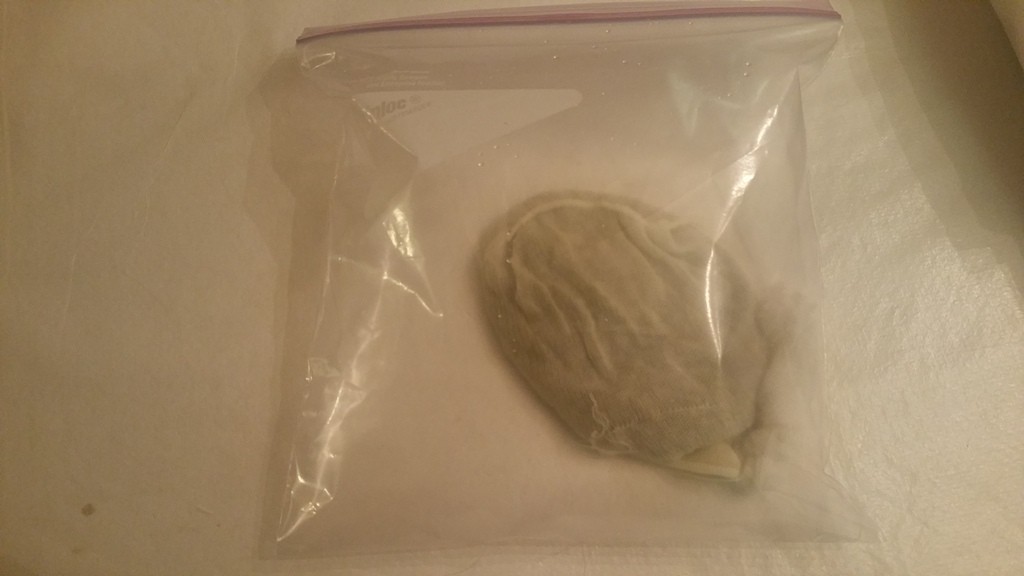
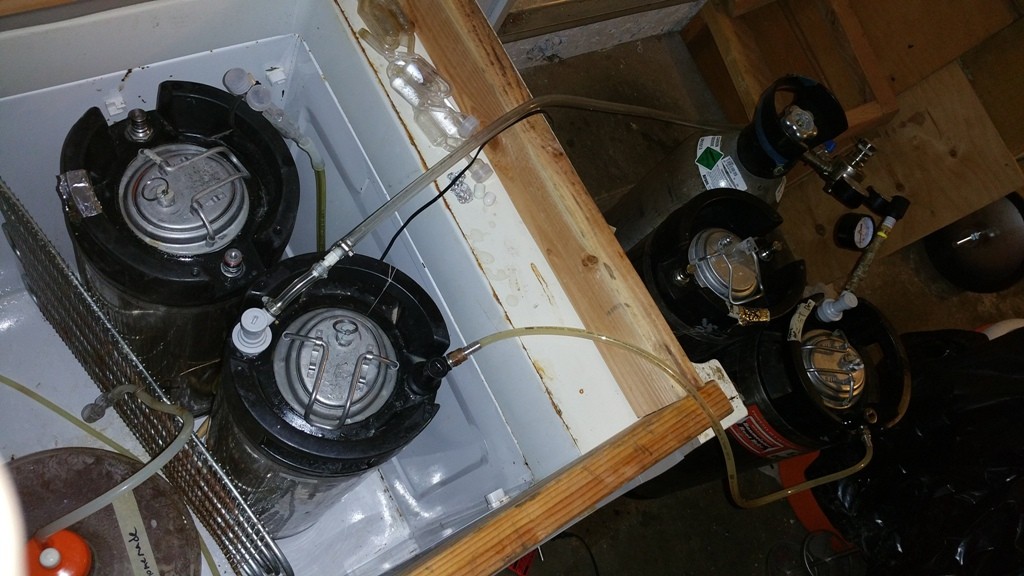
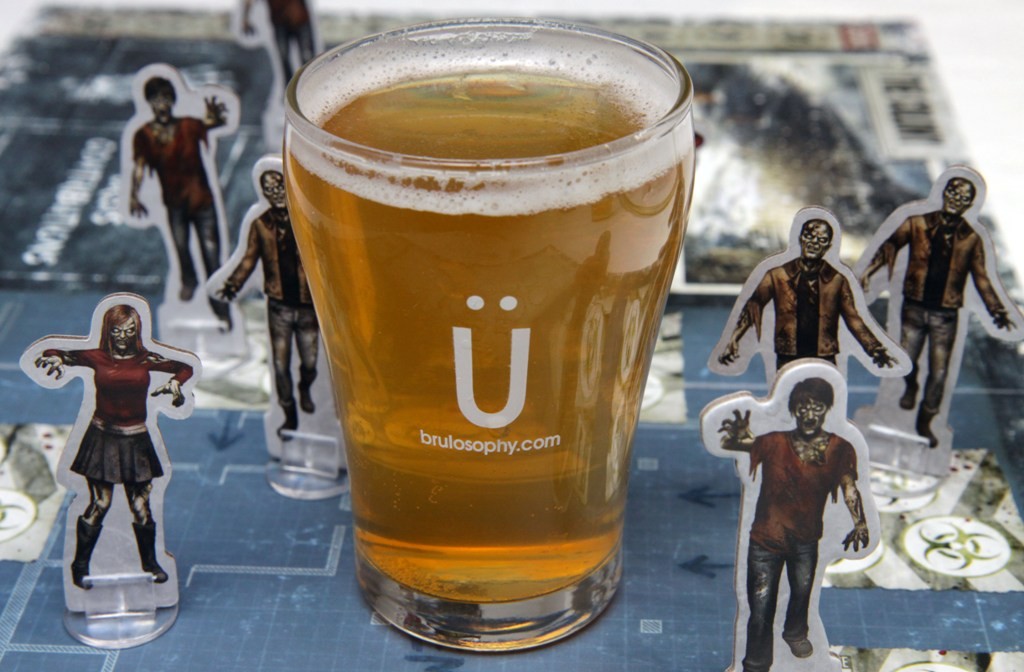
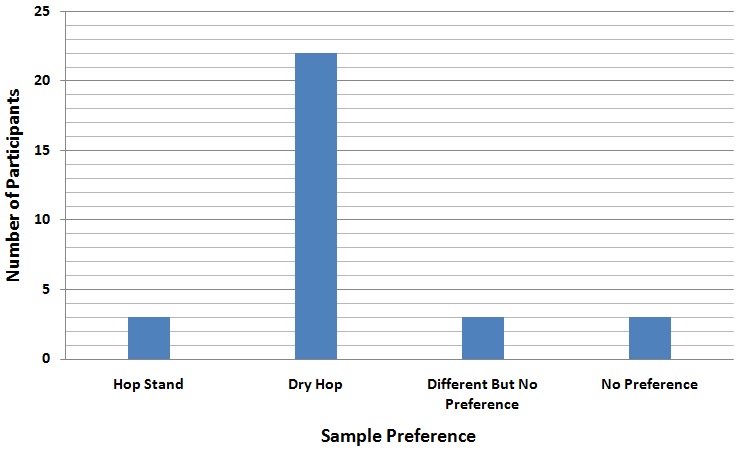










52 thoughts on “exBEERiment | Hop Stand vs. Dry Hop In An American Pale Ale”
Interesting. I have been thinking about going to dry hop only IPA just because the post fermentation pre dry hop beer never seems that hoppy to me, but those hop stand hops are costing me ten bucks a batch, create losses, and are a mess in the kettle. Now, I am convinced that I need to try it.
To clarify, one large bittering charge to hit my desired 70 IBU, nothing else in the kettle.
did u try the dry hop only? i want to do this next, hopefully vs a hopstand + dry hop.
How do you know your pitch rate if starting with expired yeast? I have some vials that are past their prime as well.
I was using BeerSmith which takes into account the age of the vial. There are also plenty of other online pitch rate calculators that you could use. Here’s one that I recommend: http://www.brewunited.com/yeast_calculator.php
Thanks, really interested to see this particular experiment. I too will be doing more dry hopping & relying less on less hop stands in future.
Greg, in photo “15_hopstand2_servkegtrans.jpg” – are you using an in-line back flow device for the CO2 feed? If yes, what is it and where did you get it?
Good eye! I’m using my spunding valve, which I’ve mentioned before in the pressure fermentation xBmts. It is a combination of this prv assembly and this much better PRV.
This totally confirms what I’ve always believed. Dry hopping does provide flavor as well as aroma. I’m not sure why so many people say it’s just for aroma. It’s hops soaking in beer! Also a great confirmation about a hop stand not being equivalent to the dry hop. I never understood where that came from either. I do think that both steps done together can produce a fantastic hoppy brew.
You split your 4gal batch in half, so each half that got 3oz of hops was 2gal in each keg, right?
8 gallon batch split between 2 fermentor, one receiving a 3 oz hop stand and the other a 3 oz dry hop. Sorry for the confusion.
We taste with our noses before our mouths.
Funny I just brewed a brown ale where I forgot to do a flameout addition. I decided to just throw it in for dry hopping. Was quite surprised by how much fresh bright hop flavor and aroma it added. More so than my IPAs which I add flameout, hop stands, and dry hops additions. Seems I got similar results that this experiment did. I agree I might cut back on the enormous flameout and hop stand additions I have been doing and aim for more in the dry hop.
I have found my hop flavor is best when i add 1 oz charges at 10, 5 and 1 minute … just enough to hit my IBU level im looking for in a particular style. I am now going to do that same schedule but add a 4 oz dry hops charge as I usually only add 2 oz for aroma. If the flavor really is greatly improved strictly from dry hopping my future beers should be pretty tasty. Thanks again !!
I’d be interested to see the difference between dry hopping and adding hops to the keg after carbonating.
Me, too. I have not been getting the hoppy aroma I’ve been seeking through hopstanding. The two times I attempted to dry hop in keg, my perception was that they ended up imparting a noticeable grassiness. I have not dryhopped during diacetyl rest before, but want to give that a try next, based on this exBeeriment
Side note: you may want to consider measuring your gypsum and calcium chloride additions by weight instead of by volume.
Agreed, and I normally do. Was apparently feeling lazy that morning.
Is this the right kind of beer to be sampling in the Dead of Winter?
Is there a wrong kind of beer to ever be drinking?
😉
This is absolutely the perfect beer to be drinking in the zombie hopocalypse =)
All I could think of when I saw that photo was “We Need More Samples.”
How was the ESB malt?
I enjoyed it, but honestly the hops masked the flavor a bit. I do remember quite liking the malt quality of the pre dry hop sample and I’m looking forward to brewing something a little less hoppy with.
One thing that has always bugged me is that we all know how important it is for our hops and thier essential oils to avoid oxygen/oxidation and yet when we do a big hopstand we are extracting all those precious aromatics and then immediately blasting them a short time later with pure O2 or room air….
I have the same question in cant understand if we charge a lot of hop oils int the cooking, we detroy them with o2 neccesary for fermentation… New beerxeriment???.
Nice comparison! I’ve also been wondering about the value of the hopstand as compared with dry hopping. I never get the beer I want if I don’t dry hop. I’ve also noticed that I can turn a bland IPA into a pretty good one by tossing in a hop sack with more dry hops in it into the keg. If an IPA gets to be 3 weeks old or older, it can really start tasting bland compared with the fresh version. The addition of hops into the keg makes it taste really good again.
I wonder if the hopstand character mixed with the dry hop character is better than pure dry hop character?
Exactly what I was wondering. Would love to see the experiment some time to see if there is any difference between dry hopping alone or combining dry hopping and a hop stand to see if a hop stand really makes a noticeable difference if you are always dry hopping. Who knows, we could be wasting a lot of hops by doing a hop stand each time for minimal gains in flavor.
I’m starting to think this is maybe true. It seems like you can add a ton of hops to the hop stand and still not approach the dry hop character of even a few ounces. It does seem like a different character though. If you put all of the hops into a primary dry hop and then slowly added them to the keg as needed, it might make for a longer lasting, just as delicious beer.
Also wondering the same. Rather than one or another should we be thinking of them as different things like bittering vs aroma – if 100g of hops are divided between hopstand and dry hop vs one or the other is that any advantage?
What’s behind the use of a hop sock inside the ziplock bag? I use a sanitised hop sock myself for dry hopping, but I can’t work out what the ziplock is adding.
My understanding was he was using the ziplock to purge oxygen out of the hops in the hop sock before adding them to the beer.
Correct, I was purging the ziploc with CO2 to reduce the oxygen
You know what, I fully intended to do this. Sadly, my dry hop keg was tapped before I had a chance =(
I haven’t heard of this method before. To be sure I understand, the hop sock goes into the ziplock, you fill the ziplock with co2, then take the hop sock out and put it in the beer? i.e. the ziplock bag’s not going into the beer?
Oh and was this beer really 104 IBU’s as suggested in the recipe details? It looks like you’re only deriving IBU’s from the 60m of 1/2oz of Galaxy in 8 gallons, unless I’m reading that wrong? Given you did the hop stand at only 74C I don’t imagine you got much (if any) IBU from that, and obviously nothing from the dry hop.
I’ve been doing 20 minute hop stands for my IPA’s at flameout, designing the recipe so that I get around 10 IBU @ 60m, then another say 70 IBU from my hop stand (using the whirlpool option in Beersmith to estimate IBU).
Nudge nudge!
“The IBU is a lie”. (as are most of the calculators) To be fair, they try. ‘Perceived bitterness’ and ‘measured bitterness’ are two different things and they certainly do not follow one another. As for the calculators getting it wrong, lab tests have been done to show indeed, IBUs are extracted whenever hops are added. Isomerization apparently does not require near or at boil temps as an ‘absolute rule.’ Extraction varies of course, but it does happen.
As an anecdotal point, I’ve mashed and boiled and racked on to a previous cake with the dry-hops from the same previous batch still in the fermenter and got a well balanced beer with plenty of flavor and aroma. It wouldn’t work for an ‘IPA’ but just about anything less than the expected thermonuclear hop bomb most folks expect is certainly possible. I’ve also done the same with a ‘Whirlpool only’ brew, and a ‘dry hop only’ brew. (that one had more bitterness too.) I’ve also whirlpooled hops in a sock, then put that sock in the fermenter when racking. Same result. No extra ‘dry hop’ charge needed. (don’t waste those hops!)
Of course! I get it now in some ways hops are like adding fruit or any other flavor to beer. Beer boiled with fruit is significantly different than when it is added to the seconadry (test this please !) Hops are blasted with the boil rather than flavoring the beer
I still want to see if there’s a perceivable difference between putting the hops in at FO and direct chill vs. doing a 20-30 minute stand at FO. At this point in life I’m wondering if these hop stands are just a total waste of time.
From what I’ve heard about the Rock Bottom Brewery tests, there is a difference in longer steeping times. Is it worth the added time though?
Hi Greg,
Thanks for the cool write-up!
Any chance you mixed the two beers together, 50-50? If so, how did the 50-50 blend compare to the individual beers in terms of flavor or aroma?
Cheers!
Eric
That’s an awesome idea.
Very nice work, well done for running this one.
I would expect the same weight of dry to be apx x2 more pungent than hops stand due to the cooking effect .
However , its nice to note the hop stand seemed less fresh.
I think the fact that dry hopping is more potent was already known. So maybe a rerun with half the amount of dry hopping to make it fairer.?
I would also like to note that dry hopping after fg will introduce lots of O2 in the pellets, reducing shelf life.
Im quite partial to adding a hop bag (+ a weight) mid fermentation to O2 scrub.
I get the fresh hop charge without the flavour fading after 1 month.
Although the are elements of hop flavour that are better in the boil or late boil eg earthy and spicy oils.
Interesting results but perhaps incomplete. It would be nice to have another test in a month or so with the same beers. It has been said that the flavor/aroma of hopstands are longer lasting than that of dry hops. The two methods of hopping were also performed differently with the hopstand using the screen and the dry hop in a mesh bag. Isolate your experimental variables by controlling for the ones you can!
Hi Greg,
I applaud your efforts to bring some rigorous experimental design to your brewing tests, but I think it’s important to clarify your testing methods and statistics.
“Each taster, all who remained blind to the nature of the xBmt, was served 2 samples of the dry hop beer and 1 sample of the hop stand beer then asked to identify the one that was different. In order to reach statistical significance with the given sample size, 20 participants (p<0.05) would have had to accurately select the chilled hop stand beer as being unique."
This was a single trial triangulation selection criteria? Ideally, you would utilize several trials per person. For instance, in each trial, simply by chance a person will select the odd-one-out 33% of the time. To see if the identification by your tasters is significant, you should do a Chi square analysis comparing observed versus expected counts. But to determine the sample size you need, this isn't useful. You need to do a true sample size determination, which requires factors not discussed here such as standard deviation of the dependent variable, effect size, etc.
"In this trial, a total of 31 people (p=0.00000004) made the proper selection. To put it in the strictest of scientific terms, these results are statistically significant as hell, implying participants were able to reliably distinguish between a beer…"
So in the second part, with the pared down group of tasters, did the task become a preference or identification test using only two samples? Your dependent measure seems to muddle preference with identification, which are two very different assessments. Lastly, "statistically significant as hell" doesn't make any sense. If you ran any sort of parametric test, which is not even appropriate here given your subjective assessment scores and nominal/ordinal data at best, p-value would tell you only "how likely" the data you are seeing would occur by chance alone (actually, that holds for the p-value on a nonparametric test, as well). For most applications, we say that anything less than 5% is "significant". That's it. It's a binary threshold. Smaller odds don't equal more significant. What you're wanting to talk about is "effect size"–you're trying to make a statement about people's ability to distinguish between one versus the other. That is, quantify the impact of the independent variable of "hopping approach".
All that to say, this is a great effort and I look forward to seeing your future write-ups, but I don't think this particular methodology or data clearly support the point you're trying to make. Looks like there may be something there (based on your initial triangulation results with 31 out of 41). Psychophysics is an interesting field that has developed many clever ways to assess sensory stimuli translated into perception. Might be useful to look at how researchers in the field typically assess taste (not to mention smell, since olfaction is probably about 75% of "flavor perception" when drinking/eating based on Gordon Shepherd's work).
Best,
Jeremy
I would like to know how the same beers would compare to one that was both hope standed and dry hopped
Thanks Greg. I have been reading many of your experiments with interest as they are addressing some brewing questions that I have.
One of your experiments showed that a 20 minute hop addition seemed to be as effective for flavour as a 20 minute hop stand.
Now you find that flavour/aroma from dry hopping is very distinctive compared to hop stand alone.
These results in tandem would push me in the direction of boiling with a reduced bittering charge, adding a 20 hop addition for flavour and some bittering, no hop stand at all and then a dry hop addition later. Surely this would maximise hop flavour, while reducing total hop use/cost.
The end result would save money and reduce brew day by 20-30 minutes.
On beer and brewing podcast, someone stated that the average ipa is consumed at 10 weeks old, and it was also suggested that whirlpool or hip stand additions would stay in suspension longer than the dry hops , this would be a great test to try these same beers at that time frame. If you did have the chance to do so could you say if you believed that to be true or not in this case, thanks for all you guys do, it’s really opening up peoples minds to try unconventional methods.
What about the look of the beer? I’d tend to use a whirlpool addition for aroma in in a pilsner or other lager just because my thoughts would be that dry hopping would be more likely to result in a cloudy beer (which I don’t mind in a pale ale, but don’t really want in a lager). But maybe that’s a false belief… Was the whirlpool any clearer than the dry hop?
(I never use finings, Irish moss or any other clearing agents – generally stick to reinheitsgeboht – for no particular si)
I wonder if the results would be the same with a different hop, considering that Galaxy provides an earthy flavour when it comes in contact with heat. For that reason I believe that this experiment should be attempted again.
I’m not surprised by the results, but not because of the difference between the two methods.
Galaxy should never touch high heat. That boil addition was wasted save simply for the IBUs. And the stand wasn’t much better. There are cheaper, more plain-jane hops to use for bitterness punch.
Following the recommendations of a fellow brewer who went commercial, 145–165℉ is the optimum temp for stands and whirlpools. 170℉ still flashes off too much of the good stuff. (and I’ve read of people dropping at 180+!) I’ve gotten significant improvement chilling down to 165, then simply whirlpooling until the beer naturally hits 145, which for me takes about 20 minutes in a 5gallon batch.
Another factor which might be at play is the amount of ‘survivable’ compounds from the work done by Yakima Chief. They don’t have Galaxy in their chart they released, but if it has less survivables, that might explain why you got more punch out of a Dry Hop vs. a Whirlpool.
Allegedly Idaho 7 has the most survivable compounds. (even from an early boil addition) It would be interesting to see the comparison using that hop.
So far, my experience following the Survivables guide is to forgo Whirlpool/Stands all together, and even stop Dry Hopping at pitching/High Krausen. I’m now back to First Wort, maybe a flameout, and Post Fermentation Dry Hop for 2 days at most. The process is easier and the results are quite noticeable. (of course, this depends on the hop selection)